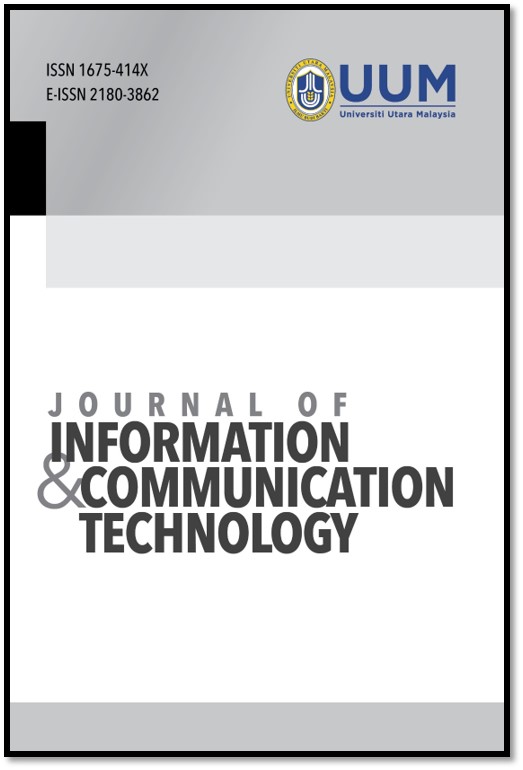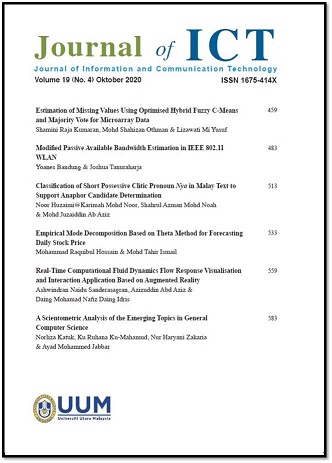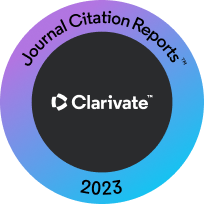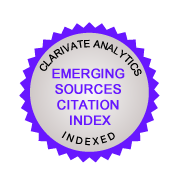Predictive Modeling of Software Team Performance based on Gender and Task Complexity using Logistic Regression and Decision Tree
DOI:
https://doi.org/10.32890/jict2025.24.2.3Abstract
This paper investigates the effect of gender and task complexity on software development performance, addressing a critical gap in empirical research and predictive modelling that warrants further investigation. Understanding how these factors interact is crucial for optimising task allocation and enhancing team efficiency in software engineering environments. To investigate this, data were collected from two universities involving 180 software development students with an equal representation of male and female participants. Participants were required to complete programming tasks at three levels of complexity—easy, medium, and hard—to assess their performance under varying cognitive loads. The results indicate a performance disparity based on task complexity, where male software developers consistently outperformed their female counterparts as the complexity of the tasks increased. Further analysis using predictive modelling techniques, which are logistic regression and decision tree models, revealed that logistic regression consistently achieved higher accuracy and F1 and AUC-ROC scores, demonstrating its superior predictive capability in modelling performance variations. Despite these findings, further research is necessary to explore additional interventions to help optimise task allocation based on individual strengths and expertise. Additionally, future studies should continue to challenge stereotypes and explore innovative strategies for promoting diversity and equality in software development.


 2002 - 2020
2002 - 2020

























